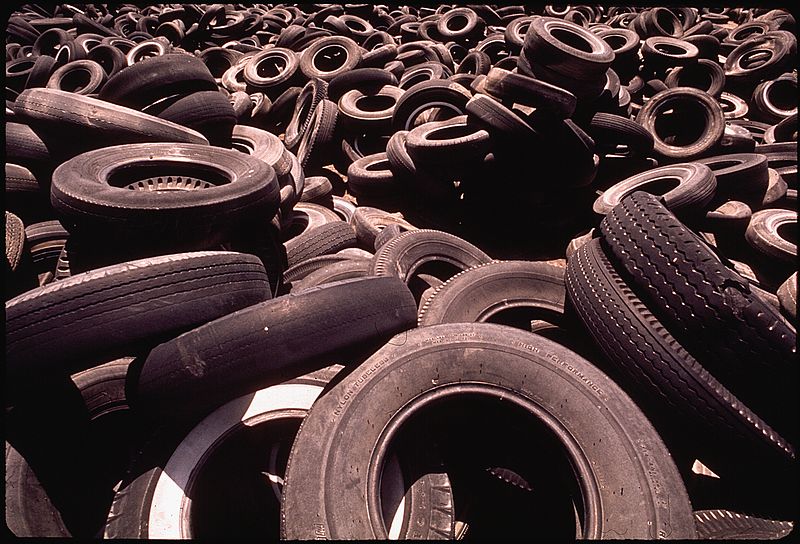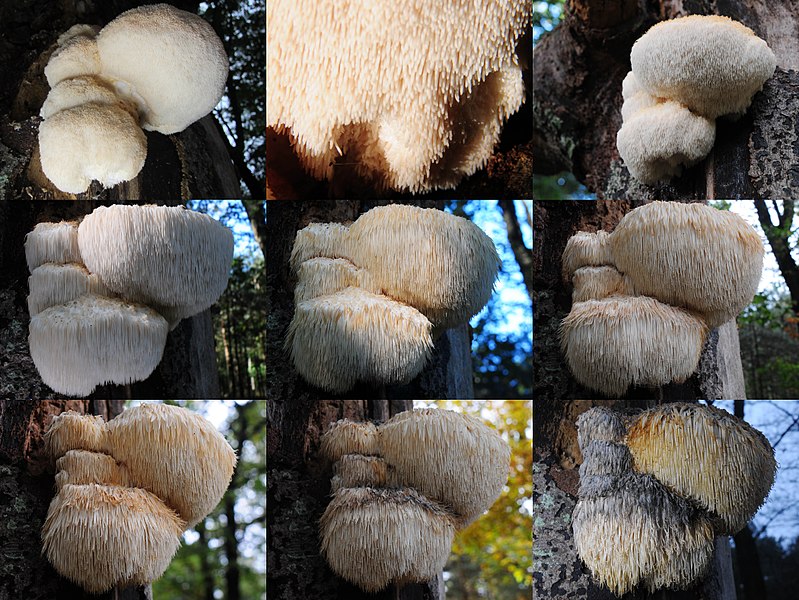Used tires are a major global waste problem. Not only do they take up humongous space in landfills, but they also contain metals and chemicals that seep into the environment as they degrade.
As per estimates, between 1 billion and 1.8 billion used tires are disposed of worldwide each year. These tires are not biodegradable and can’t be recycled easily.
Now, scientists have turned this problem into an opportunity
Scientists at the University of South Australia and Melbourne’s RMIT University have optimized a process to convert these discarded tires into graphene to strengthen concrete.
Concrete mixed with recycled rubber tires can help extend the lifespan of concrete structures, roads, and bridges. These could also reduce landfill waste of discarded tires.
Method of Using Recycled Tires in Concrete
Concrete made using Recycled Tires is called crumb rubber concrete. It involves grinding rubber tires down into crumbs and replacing certain portion of sand with crumbs to use in concrete. The resultant concrete is stronger and lighter. It also has greater impact resistance which is a great substitute for traditional carbon-heavy concrete.
To test its effectiveness, the scientists erected two crumb rubber-reinforced concrete slabs along with two conventional concrete slabs at the University of South Australia campus in 2018. These slabs were at the entrance to a civil engineering laboratory and had a lot of foot traffic.
Scientists monitored the performance of the materials over a period, and this is what they found:
“We found that reinforced crumb rubber concrete (with up to 20 percent sand replacement by volume) is superior to conventional concrete in some ways, with higher impact resistance, toughness and ductility, a higher damping ratio, better thermal and acoustic insulation, and a lighter weight,” said study author Dr. Osama Youssf.







